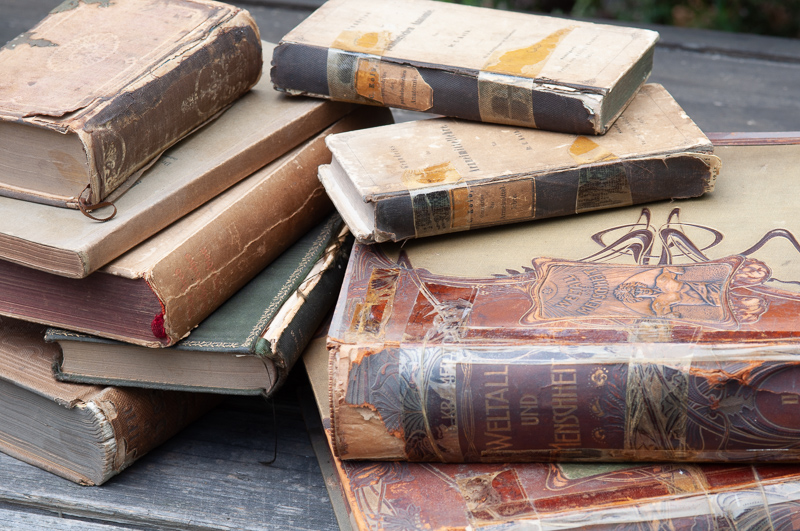I’ve been meaning to write on the subject of fiction set in Montreal for quite a while. I’ve been trying to read as many books as I can that are set here. I’m limited to reading books in English, sadly, but there are a lot of good French books that have been translated too.
Then I was beaten to the punch by Mona Awad of the New York Times back in May. Her list is actually very similar to what I was going to post. So I’m going to still post my list, but with my own commentary based upon her list.
Let’s follow Awad’s lead and start with Mordecai Richler. She mentions The Apprenticeship of Duddy Kravitz and Barney’s Version. Richler wrote semi-comical, semi-autobiographical stories that deal with horny Jewish boys and men who are always struggling for something, whether attention, wealth, or respect. With the possible exception of his first novel, The Acrobats (which shows inspiration from writers like Hemingway and Henry Miller, and which he later despised), most are set in the Mile End neighborhood of Montreal centered on St. Urbain Street and Saint Laurent Boulevard. Most focus on the rhythms and struggles and joys of working-class Jewish life in Montreal in the ’30s and ’40s, with bits of organized crime, hustle culture, and the pervasive antisemitism mixed in. Of his novels, I’d also read The Street, and St. Urbain’s Horseman.
Awad’s next writer was Leonard Cohen. I’m a fan of his music, but I didn’t finish his 1966 novel Beautiful Losers. It felt like he was trying too hard to shock and offend.
Awad goes next to Mavis Gallant’s collection of short stories Varieties of Exile. I hadn’t read it, but based on her list, I did. In this collection, Gallant deals with small personal stories writ on the larger world but centered in Montreal. She gives glimpses into the moralities and social mores of (mostly) Anglophone life during the ’30s and ’40s. The opening story is one of an unwanted pregnancy, and is almost Victorian in its delicacy. Some of the stories are semi-autobiographical, describing her alter-ego Linnet Muir, a bright, highly literate young woman growing up in a society where women are still not welcome in the workplace. There are varieties of exile in her stories: refugees from overseas, and Linnet who is a refugee of another sort.
I haven’t yet been able to read Awad’s next suggestion, Gabrielle Roy’s The Tin Flute (I’m still a few months away from the head of the hold line at the library). But the book she pairs it with, Michel Tremblay’s The Fat Woman Next Door Is Pregnant, is a classic of working-class francophone life in the Plateau. The story — all taking place on May 2nd, 1942 — tells of the goings on in several families (and a cat), neighbors on a single street. Although there are seven [!] pregnant women in the story, only the unnamed fat woman is happy about it. All of the woman have concerns about the War (which they consider an English problem forced upon them), and concerns about their men, none of whom quite measure up. I also read The Heart Laid Bare, Tremblay’s 1986 novel about a professor who falls in love with a much younger actor. It shares The Fat Woman…’s sympathetic attitude towards its characters, but was notable for pointing out locales — many near us in the Gay Village — that were safe (or safer) for men in gay relationships.
Tune in next time for more from Awad’s list (and my own).

